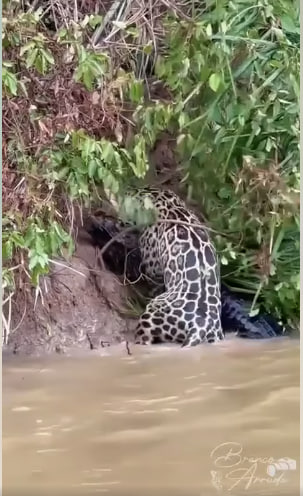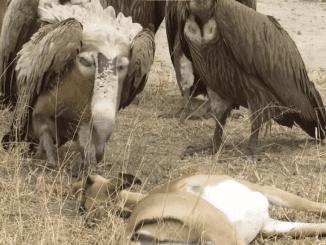In the wild, animal fights often arise from competition for resources such as food, territory, and mates, showcasing the raw power and survival instincts of nature. Predators like lions and tigers engage in fierce battles with rivals to establish dominance over hunting grounds, while herbivores like deer and bison lock horns in combat to secure mating rights. These confrontations are often brutal, involving biting, scratching, or using horns and antlers to inflict serious injuries. Despite the violent nature of these fights, they play a crucial role in maintaining the balance of ecosystems, ensuring only the strongest genes are passed on.


Territorial disputes among animals frequently result in intense confrontations, with creatures like wolves, elephants, and crocodiles aggressively defending their home ranges. Wolves, for example, will fight to protect their pack’s territory from intruders, using their powerful jaws and coordinated teamwork to fend off rivals. In the case of elephants, male bulls may clash over territory, using their massive tusks and sheer strength to push each other in dramatic battles. Such territorial fights serve as a way to assert dominance and establish social hierarchies within the animal kingdom, determining who has control over crucial resources.

Water-based animals, including sharks and octopuses, also engage in fierce battles, especially when it comes to food or defense. Sharks, known for their predatory prowess, will fight over a kill, sometimes attacking one another in a frenzy of teeth and fins. Octopuses, though more elusive, can also be territorial, engaging in complex battles where they use their tentacles to grapple with rivals. These underwater duels may not be as visible as those on land, but they are no less intense, as survival often depends on securing the right to feed or protect a hiding spot.

Insects, though small in size, are no strangers to violent confrontations, with species like ants, bees, and mantises engaging in ruthless battles for dominance or survival. Ant colonies wage all-out wars with rival colonies, where thousands of soldiers fight to the death, using their mandibles and venom to overpower the enemy. Similarly, male mantises may fight over females, using their sharp claws to immobilize opponents in intense one-on-one combat. These insect battles demonstrate that the struggle for survival in the natural world exists at every level, from the largest predators to the smallest creatures.

Fights between animals aren’t always about violence but can also involve complex displays of strength, agility, and strategy. For example, gorillas often engage in chest-beating and mock charges to intimidate rivals without resorting to full combat. Birds like eagles and hawks may engage in aerial duels, swooping at one another in displays of dominance while rarely making physical contact. These non-lethal confrontations allow animals to settle disputes without injury, ensuring their survival while still asserting their dominance. This highlights the diversity of strategies animals use in the wild to resolve conflicts and maintain their place within their ecosystems.


